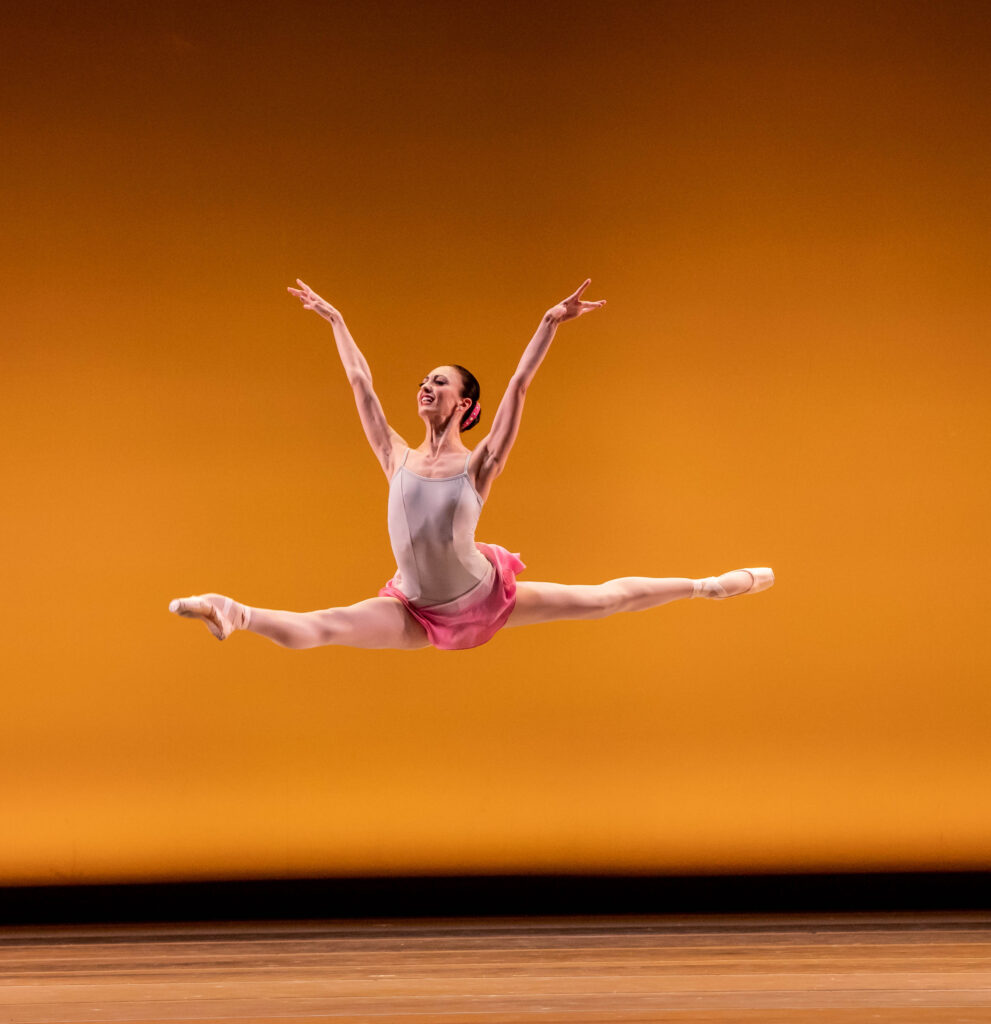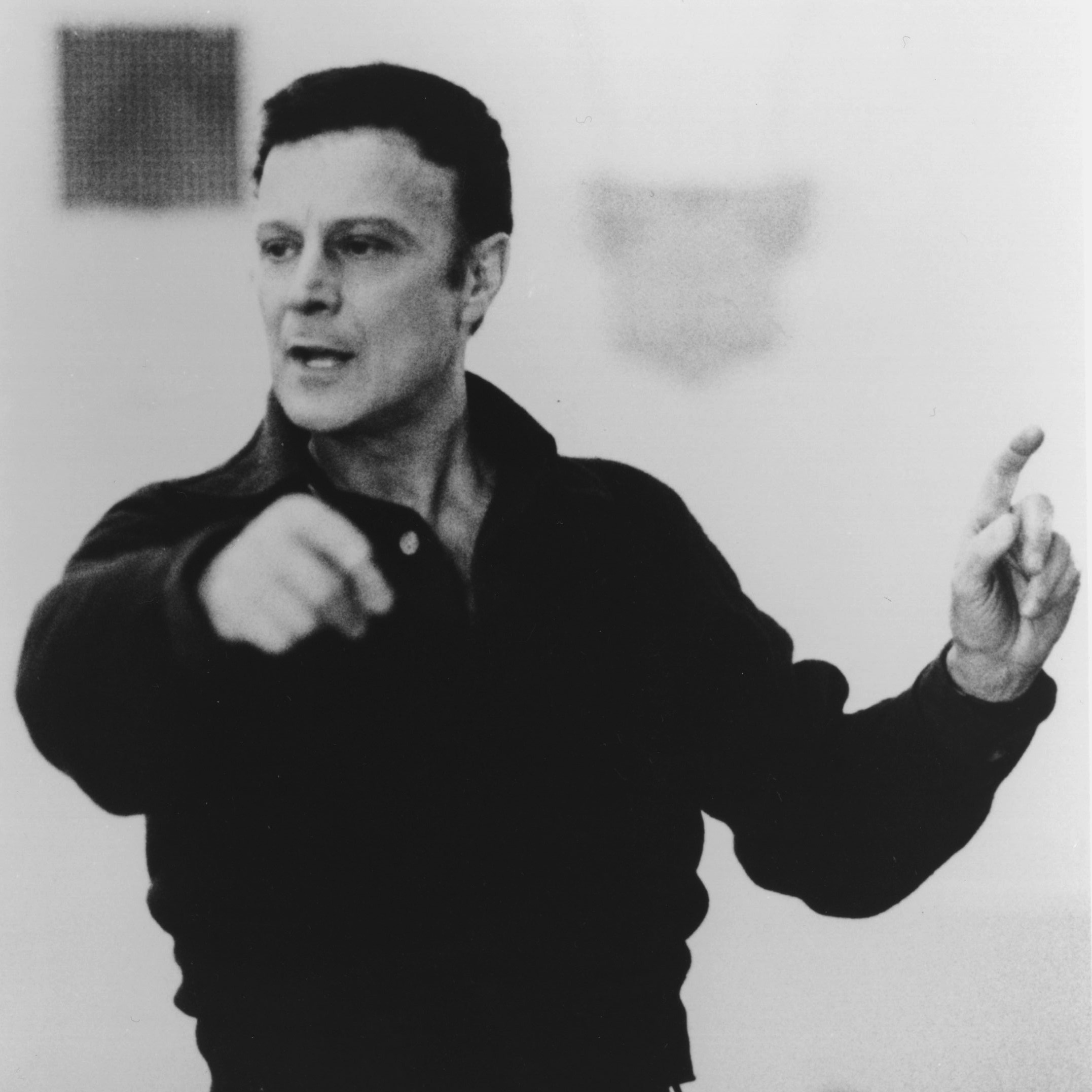Remembering and Celebrating the Late Joffrey Ballet Co-Founder Gerald Arpino for What Would Have Been His 100th Birthday
The dancer, director, and prolific choreographer Gerald Arpino spent his career bringing youthful energy and colorful creativity to ballet stages and, as those who knew him remember, rehearsal studios. “He was wild and passionate,” says Suzanne Lopez, who danced with The Joffrey Ballet from 1991 to 2010, during the majority of Arpino’s tenure as artistic director. “People just always wanted to work with him. You wanted to be nowhere else.”
Arpino would have turned 100 in January. To mark the occasion, The Gerald Arpino Foundation tapped Joffrey Ballet alumni to revive Arpino works at The Joffrey, Ballet West, San Francisco Ballet, Complexions Contemporary Ballet, American Ballet Theatre, Oklahoma City Ballet, and Eugene Ballet, as well as at university dance programs throughout the country. Artists from those companies will convene at Chicago’s Auditorium Theatre September 23 and 24 for a centennial celebration, performing an all-Arpino program.
Creating a New Kind of Dance Company
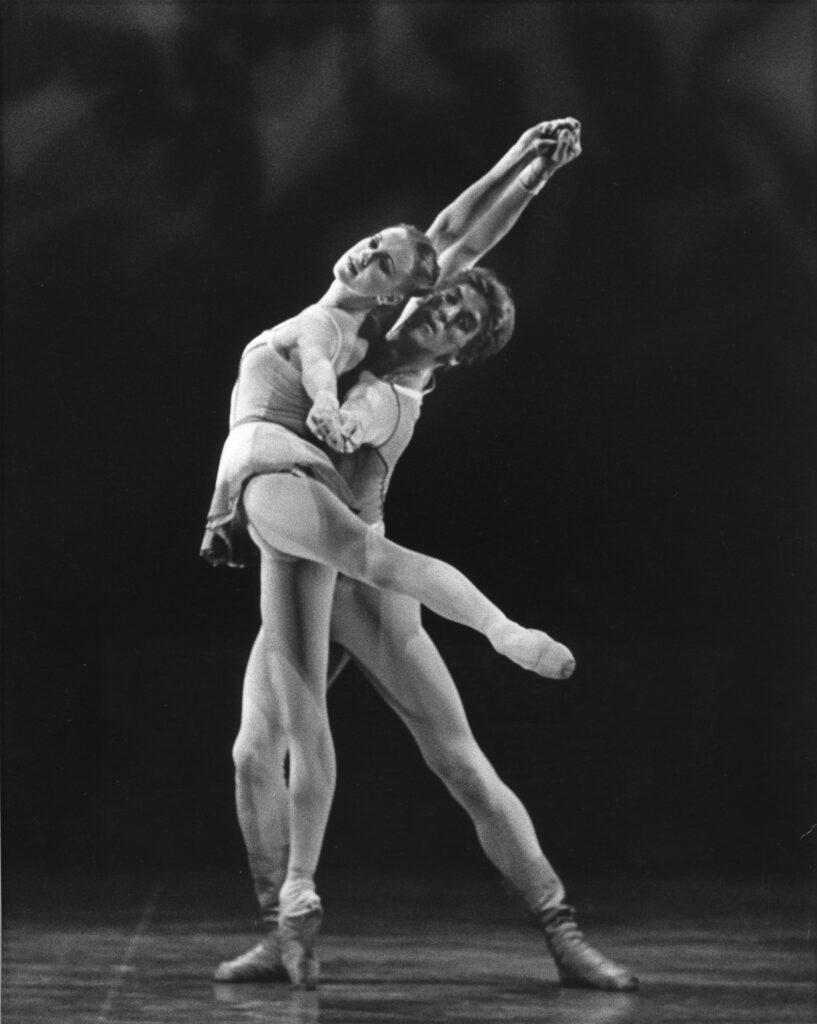
The Joffrey Ballet, co-founded by Arpino and Robert Joffrey in New York City in 1956, quickly became known as a maverick of the dance world. It unapologetically merged the ballet happening uptown with the downtown postmodern dance scene. Joffrey and Arpino, business and life partners, steered clear of the classics (danced routinely by American Ballet Theatre) or works from a single choreographer’s catalog (as with New York City Ballet). But Arpino created about a third of The Joffrey’s rep, with his broadly appealing ballets sprinkled throughout the company’s seasons.
“His desire was to entertain,” says Gerald Arpino Foundation executive director Charthel Arthur Estner, who performed with The Joffrey Ballet during the ’60s and ’70s. “He wanted the audience to go away from the theater being excited about dance.”
Arpino also helped shape the company’s roster of athletic, exciting performers. “There were a handful of dancers called ‘the Arpino dancers,’ ” says Adam Sklute, now artistic director of Ballet West, who was hand-selected to learn and perform Arpino’s ballets when he joined The Joffrey in the ’80s. Several of those Arpino dancers are now répétiteurs for the foundation, which licenses Arpino’s and Joffrey’s works.
“I was very excited to be called to learn all these things,” Sklute says—though being chosen by Arpino didn’t necessarily mean being showered with praise. “The first thing Mr. Arpino ever said to me was, ‘Hey, you, with the spatulas at the end of your legs. Get out of my sight.’ A lot of people might have felt crushed about that comment. All I could think of was, Oh, my goodness, he noticed me!”
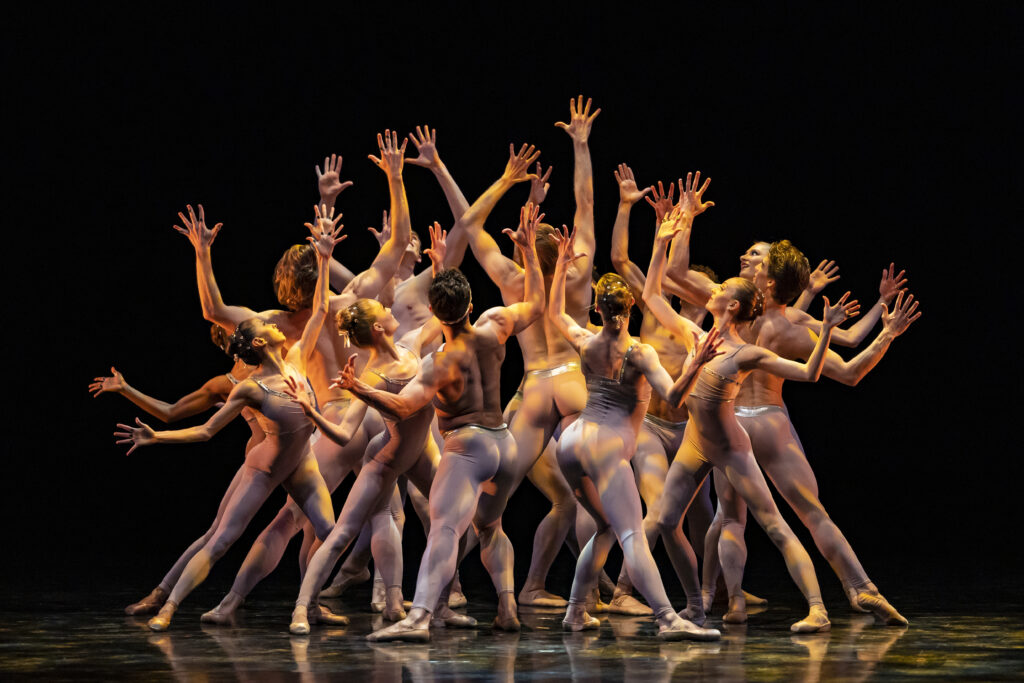
Arpino the Leader
Robert Joffrey’s untimely death in 1988 forced Arpino into the director’s chair. Tina LeBlanc danced with The Joffrey Ballet from 1984 to 1992, through that difficult transition. (Now rehearsal director at San Francisco Ballet, where she was a principal dancer, she is staging Arpino’s Romantic-style pas de deux L’Air d’Esprit for the Chicago celebration.)
“The company felt rudderless for a little bit,” LeBlanc says. “It was a hard time, but Mr. Arpino was ready to step it up and take over.” Eventually, the studio “became a place of pleasure for him,” she says. During that period, Arpino helped bring The Joffrey’s populist spirit into a new era with the 1993 smash hit Billboards, a balletic collage that he conceived of and directed set to the music of Prince.
Financially, The Joffrey Ballet hobbled through the early ’90s, struggling to make payroll. Faced with possible closure, Arpino took a leap of faith and moved the company to Chicago in 1995. The risk paid off, setting The Joffrey on a path to stability. “Once we moved to Chicago, it was very much Gerald Arpino’s company,” says Sklute, who at the time was a ballet master there and eventually became an associate artistic director under Arpino.
In 2007, as Arpino battled prostate cancer, Ashley Wheater—who had danced with The Joffrey as well as San Francisco Ballet, London Festival Ballet (now English National Ballet), and The Australian Ballet—assumed leadership of The Joffrey Ballet. Arpino died a year later, at age 85.
“I really admired him for keeping the company going and making the decisions that needed to be made,” Wheater says. “Moving to Chicago was the greatest thing that ever happened to The Joffrey.”
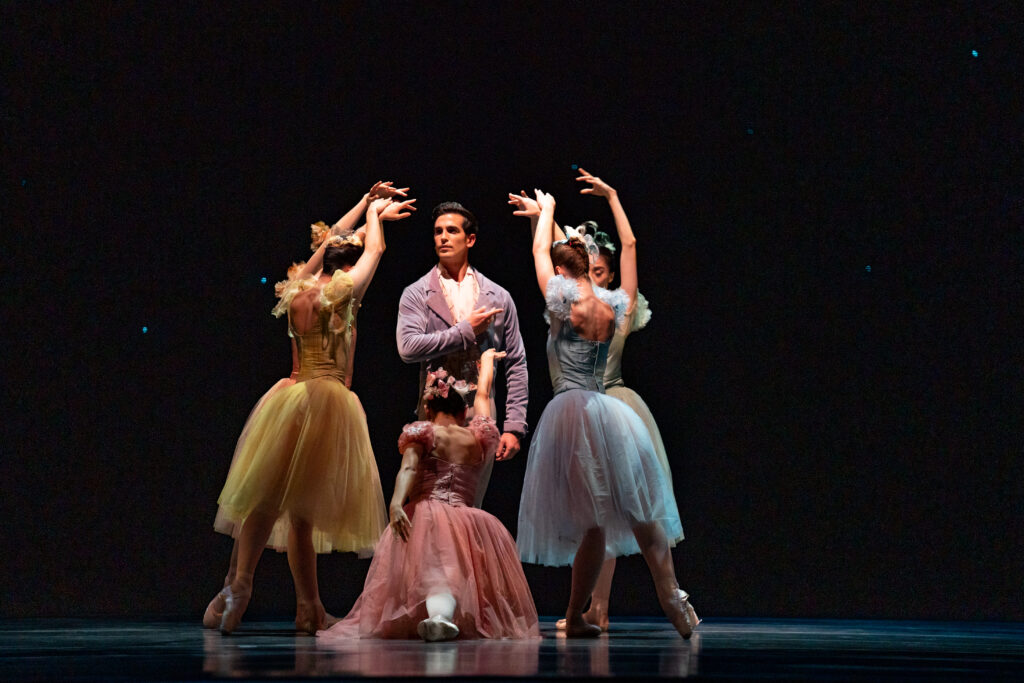
An Influential Vision
The Joffrey’s nonconformist example inspired many, including former Alvin Ailey dancers Desmond Richardson and Dwight Rhoden. In 1994, the pair—who at the time were, like Joffrey and Arpino, both life and business partners—launched Complexions Contemporary Ballet in New York City, aiming to create a home for a diverse group of artists. (Complexions will perform Arpino’s 1971 ballet Valentine for the centennial.)
“Being surrounded with your mentors and the people who have inspired you was immense for me,” says Richardson, who met Joffrey and Arpino after being invited to watch the company rehearse. He and Rhoden saw from The Joffrey that blending dance styles and cultures was a model that could work. “We were really moved by the trajectory of The Joffrey company and what they were doing,” Rhoden says. “The dancers were distinctive and different.”
Today’s Joffrey Ballet remains distinctive in part because it still regularly performs Arpino’s work. Arpino was heavily influenced by Martha Graham, and his choreography often requires full use of the back, neck, pelvis, and solar plexus—which can make it difficult, but also invigorating. “The thing I tell the dancers is, if it’s comfortable, it’s not right,” says Lopez, who now leads the affiliated Joffrey Academy of Dance in Chicago and is the company’s resident Arpino stager. “It’s not ever meant to be safe and comfortable and pretty. He hated pretty.”
Dara Holmes was among the first crop of Joffrey dancers hired by Ashley Wheater, arriving in 2011. When she entered a studio full of Arpino dancers, the work ethic was the main thing she gleaned.
“It’s a different kind of drive,” she says. “Doing the Arpino ballets, you have to be in shape. His work is basically like being shot out of a cannon.”
Victoria Jaiani, along with Christine Rocas, is one of two Arpino hires still dancing for The Joffrey. And after 20 years in the company, she continues to find energy and insight in his works.
Dancing Arpino ballets “feels phenomenal,” Jaiani says. “It gets me excited talking about it, because it’s the opposite of safe. It’s daring. It’s taking risks. I truly believe that’s what makes the audience click and tune in, and what made his works extraordinary and special.”
